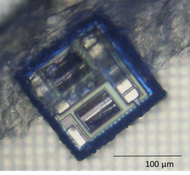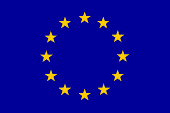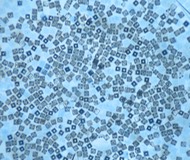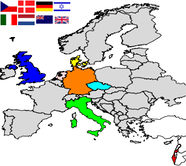In this work package, the MICREAgents system will be integrated with simulation, operation and diagnostic software and the communication between electronics and chemical processes systematically developed. The systematic integration of electronics and chemistry will be developed taking into account the different levels of communication and control when lablets are attached to the docking station and when acting autonomously in aqueous solution. The electronics can both actuate and sense the progress in chemical reactions. Successive actions can create increasingly distinctive functionalized surfaces that determine subsequent chemical processing steps. The coding and communication developed in WP 10 will be employed to systematize the chemical processing for integration in the software control package. Physico-chemical simulation will be performed of the redox reactions and electrokinetic phenomena responsible for surface modifications, electroosmotic drive, and induced lablet dissociation. Coarse-grained models will be employed to model the large-scale lablet assembly and dissociation processes. Electrokinetics and Faradaic reactions will be modeled using extensions of Poisson-Nernst-Planck equations with Butler-Volmer kinetics that allow for finite ion-size effects. Supercapacitor functionality will be modeled using nonlinear theory of the double layer and Faradaic reactions in porous electrodes based on matched asymptotic expansions. The integrated software package will be delivered to partners and tested on applications. In addition to the development of the simulation and software package, the work package will also test the system on applications (cf. WP 9) and provide feedback for the final improvement of the system.
Lead RUBa Partners: SDU, VSCHT, UOG, UOA




